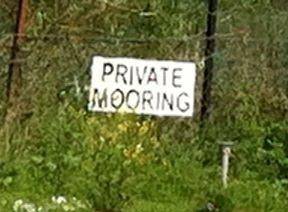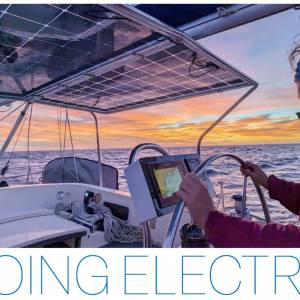
UK Canals: Trial Policy to be Extended to all Continuous Cruisers
Last week the Canal and River Trust announced that they now plan to expand a recent pilot strategy, to all boaters without a home mooring. On 13th February they published their new approach on how they will respond to boats without a home mooring who do not comply with the Trust’s guidelines for continuous cruising. The pilot scheme has involved observing the cruising patterns of boats in Wales over the last year. Those who fail to comply with the conditions of their licence will not have their licences renewed, unless they agree to take a home mooring.
In May 2015, when they extend this policy to all of the waterways managed by the Trust, they will be focussing particularly on those boats that barely move at all.
By law, a canal boat must be used for ‘bona fide’ navigation, which means not staying in the same place for more than 14 days. The Trust have interpreted this law as meaning,
“You must use the boat to genuinely cruise in a mainly progressive fashion (A to B to C to D rather than A to B to A to B) from place to place and must not stop for more than 14 days in any one place.”
The canal boating community regularly debate the definitions of “place” and “progressive journey” and other related terms, particularly in busy areas where the number of visiting boats exceeds the number of available visitor moorings.
Information about the new scheme will be sent by post to all continuous cruisers at the end of February. Over the coming months, as boaters get used to the new system, the Trust plan to supply a short duration licence to the boaters concerned, to allow individuals to amend their cruising pattern.
The Inland Waterways Association supports this new mooring clarification for continuous cruisers. On their website they stated:
“IWA has consistently supported the concept of genuine continuous cruisers, but equally, IWA has recognised the problems caused by those with a Continuous Cruising licence who do not follow the appropriate navigation guidelines, and has pressed for a resolution to this for a number of years.”
Many boaters and the organisations that represent them recognise that this has long been a difficult problem to address, and that the mooring guidelines are difficult to enforce. It’s possible that it will take some time to see the results of this new approach as it is an ongoing and complex problem.
What do you think of the new strategy? Are you a continuous cruiser? Join the discussion on Facebook or Twitter.
You may also like: What CRT Won’t Tell You About Continuous Cruising
Image: Private Mooring Sign © NarrowboatWife.com
- 600,000 registered boat buyers
- Sell your boat twice as fast
- 150,000 unique visitors per month
- 1000+ boats sold per year
- 50+ Boatshed branches world-wide
- 2014 Market report for used boats
- Avoid the pitfalls when buying or selling a boat
- Growing our Network New Boatshed Offices and locations
- UK and European VAT issues Explained by a leading industry expert
- Fashion meets Boatshed Why are Boatshed businesses developing in tandem with well known fashion industry Celebs?
- Online boat Auctions Enter your boat into the next auction
- Search for a boat
- Sell your boat

